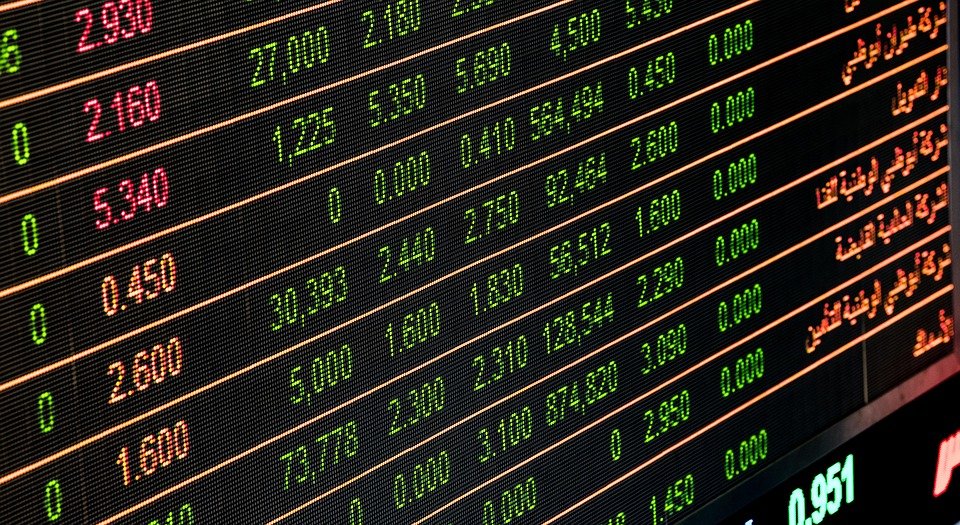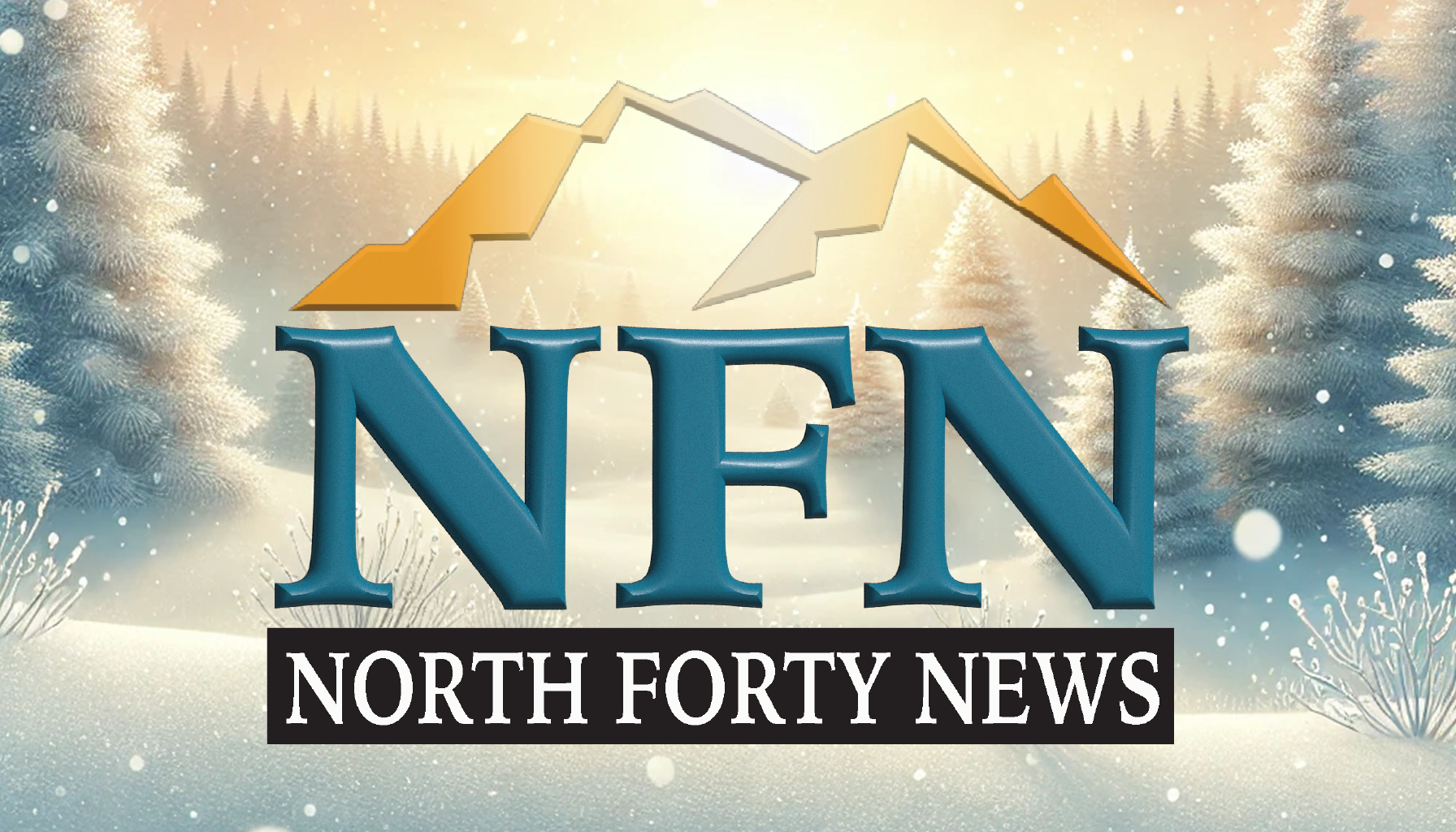
Support Northern Colorado Journalism
Show your support for North Forty News by helping us produce more content. It's a kind and simple gesture that will help us continue to bring more content to you.
BONUS - Donors get a link in their receipt to sign up for our once-per-week instant text messaging alert. Get your e-copy of North Forty News the moment it is released!
Click to DonateThe wide world of trading has helped many people buck the trend of their 9-5 job, or at least helped them discover new ways to earn money. Finding a new source of income is important for building an independent life that can help you retire early, send your kids to college, live comfortably, or just give you some peace of mind in the bank. Forex trading is one of these potential income sources that may interest you if you are looking for ways to earn more money and learn new skills.
First things first though are that you need a refresher on some of the terms and phrases that you need to know before you even commit to a real trade scenario. Just like riding a bike, you want to know what it is you are doing before going for a ride, and forex trading can be intimidating to those that do not know much about it. Check out these must-know terms to help you get started on your forex trading journey.
1. Currency Pair
Trading currency means exchanging it on the global market. This global market is full of different types of currency, so currency pairing is the simple term to describe this exchange. USD (U.S. Dollar)/EUR (Euro) is a common example of a currency pair, so is something like GBP (Great British Pound)/CAD (Canadian Dollar). Currency pairing is also useful for traders as it allows for analysis for market research. Using currency pairs of common currencies, called major pairs, are the most traded, then you have things like cross pairs which are not major pair currencies, then exotics, for lesser currencies. As you can see, this is one of the more easy terms to understand as it relates to the actual currency you are trading within a broad sense.
2. Pip
Pip, or percentage in point, is the 4th decimal point of a currencies value. So if you looked at a currency that was traded at 0.7842, the 2 is considered the pip. This value will fluctuate as markets naturally change short and long term, but the pip helps determine the value of trade when converting one currency to the aforementioned currency. Pips are a small but useful term to know, and once you get trading regularly you will be able to identify them easily to help you maximize your potential.
3. Stop-Loss
Stop-loss is a term that relates to specific trading orders. The stop-loss is the action of setting a signified price to sell in order to prevent any loss. The stop obviously indicates the point at which you will hold until then sell, and loss speaks for itself in limiting any damage. This is one of the best forex signals to receive, it helps limit any further loss, or keeps you from losing gains on a trade in the first place. Stop-loss is an important thing to know for beginner traders to help them make logical, not emotional trades.

4. Bullish/Bearish
This term applies to financial markets as a whole, and you have likely heard them thrown around numerous times. Bullish, or bull market, is a euphemism to indicate that the markets are doing well and that there is expected growth to continue. Bearish and bear markets indicate a slowing down and decline of expected growth. The bull is meant to be a forward-moving, aggressive animal, while the bear in this context is an animal that spends a lot of its time sleeping, hibernating. These are useful terms to know what to expect out of trades regarding the general market movement.
5. Bid and Ask Price
The bid and ask price are two terms that you are going to want to know when it comes to trading. These terms are associated with the price of a trade. The bid price is what a trader sets as the amount they will trade a currency pair for, while the asking price is what a trader will buy a pair for. What is known as the spread is the difference between those prices. Bid and ask price are key terms in understanding how forex trading works and it is good to familiarize yourself with it quickly.
6. Trading Platform
How do you actually start forex trading? Well, you need a platform to do so. Much like using software to do your taxes, you need something to trade on. These platforms contain all of the information you need to understand what is happening in the market. Charts, live updates, tickers, as well as connection to your account. These platforms, often provided when you sign up with a broker, come in many forms. They range in fees, functionality, and efficiency as one would expect. Finding a good platform to trade with is one of the first steps to getting into forex trading so it is good to know what it means.
7. Futures
This term is thrown around a lot when people talk about markets for forex and stock alike. Forex futures are the date in which a deal is set, a contract for a specific time. The contracts are traded at set values and are intended to be finalized before that expiry date. Some people intentionally buy futures contracts with the sole purpose of selling them well before the expiry date because it is hard to know how the values will fluctuate. These speculators sell and attempt to profit before the end of these contracts are realized, or do so to prevent losses.
Forex trading is a really interesting way that people have used as an alternate source of income, and in many cases, a replacement for their current employment. While forex trading is not easy, and it is not for everyone, it can be something fun to get involved in when you do your research and treat it as a serious business, because it is. Before you start making any trades and using any of your money you want to learn as much as you can, and these are some common terms in forex trading that any trader should know.
